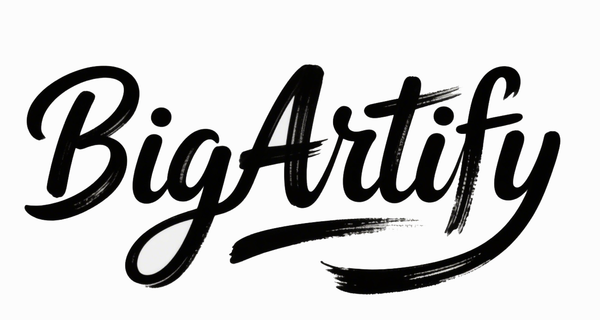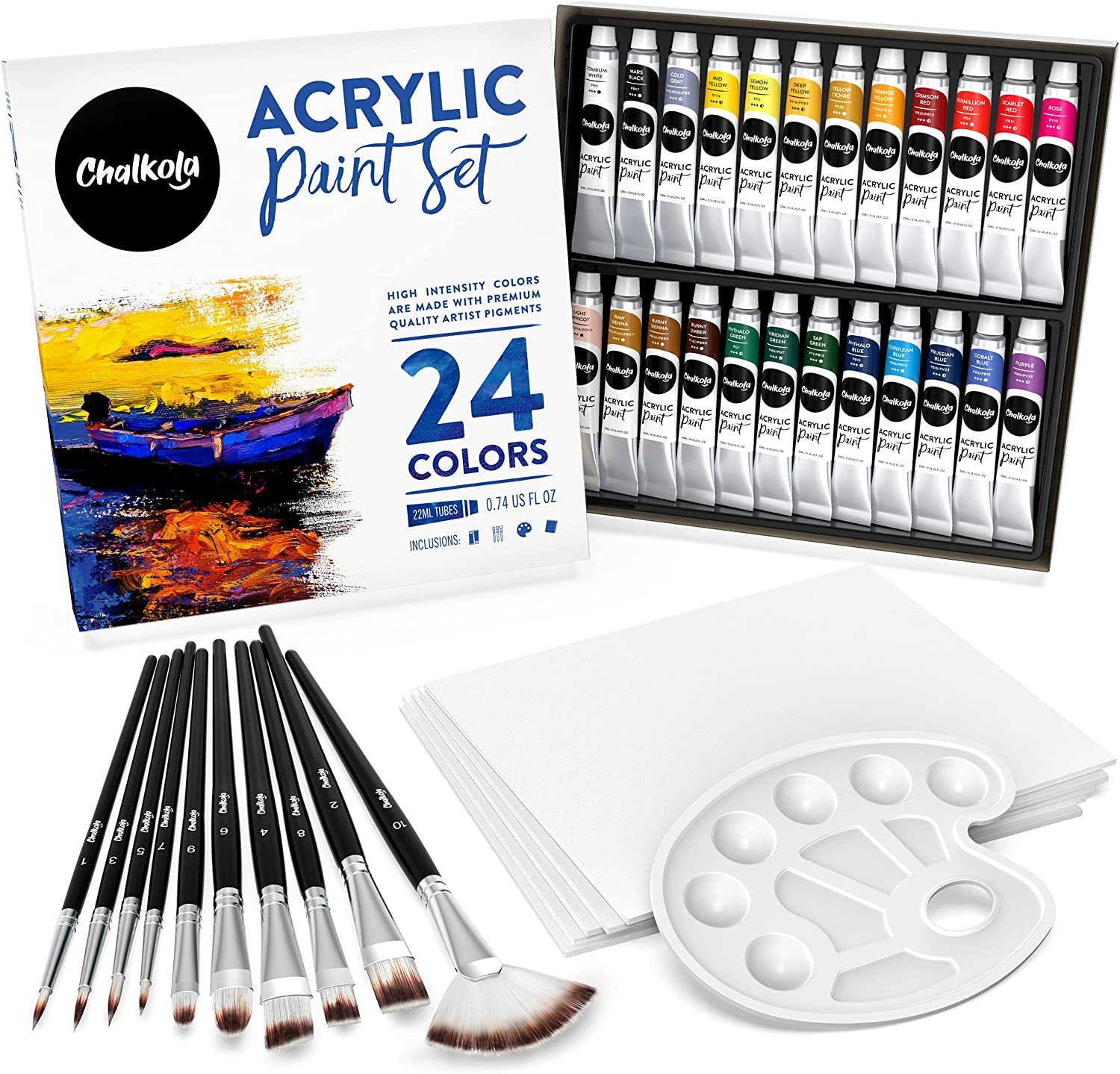Mastering Acrylic Paint: A Comprehensive Guide for Beginners and Beyond
Acrylic paint has revolutionized the world of art since its invention in the mid-20th century, offering versatility, vibrancy, and ease of use that appeals to both novices and seasoned artists. Unlike oils, which dry slowly, or watercolors, which require precise control, acrylics provide a forgiving medium that dries quickly and can mimic various styles. Whether you're painting on canvas, wood, or even fabric, understanding how to use acrylic paint opens up endless creative possibilities. This guide draws from established artistic practices to help you start your journey with confidence.
Before diving into techniques, let's cover the essentials. Acrylic paint consists of pigment suspended in an acrylic polymer emulsion, making it water-soluble when wet but water-resistant once dry. It's ideal for layering, blending, and experimenting without the fear of permanent mistakes, as you can paint over errors easily. Artists like David Hockney have popularized acrylics for their bold colors and quick workflow.
Gathering Your Materials
To begin using acrylic paint effectively, assemble the right supplies. Start with a set of quality acrylic paints in tubes or jars. Opt for student-grade paints if you're a beginner to keep costs down, but invest in artist-grade for better pigment intensity and longevity. A basic palette might include primary colors—red, blue, yellow—plus black, white, and a few earth tones like burnt sienna and ultramarine.
You'll need a palette for mixing colors; a stay-wet palette keeps paints moist longer, preventing waste. Brushes are crucial—synthetic ones work best with acrylics due to their durability. Include flats for broad strokes, rounds for details, and filberts for blending. Surfaces vary, but stretched canvas or canvas panels are standard starters. Don't forget water for thinning, rags for cleanup, and a varnish for finishing.
According to experts, priming your surface with gesso enhances adhesion and prevents the paint from soaking in unevenly. This step ensures your artwork lasts longer and maintains vibrancy.
Setting Up Your Workspace
A well-organized workspace is key to enjoying the process of using acrylic paint. Choose a well-ventilated area with good lighting, preferably natural light, to accurately judge colors. Lay down newspapers or a drop cloth to protect surfaces from spills. Arrange your paints, brushes, and water nearby for easy access. If you're right-handed, place your palette to the right; reverse for lefties.
Keep a spray bottle handy to mist your palette and keep paints workable, as acrylics dry in minutes. This setup minimizes frustration and allows focus on creativity. Remember, acrylics are non-toxic, but wash hands after use to avoid skin irritation.
Basic Techniques: Getting Started
Once set up, explore basic techniques to build familiarity with acrylic paint. Begin with flat washes: thin the paint with water to create translucent layers, similar to watercolor effects. Apply evenly across your surface for backgrounds.
Next, try opaque application. Squeeze paint directly onto the palette and use a flat brush to cover areas solidly. This is great for building forms and shapes. Practice color mixing—combine primaries to create secondaries like green from blue and yellow. Add white for tints or black for shades, but use sparingly to avoid muddiness.
Layering is a hallmark of acrylic use. Paint thin layers, letting each dry before adding the next. This builds depth without cracking. Start with darker undertones and layer lighter colors on top for luminosity.
Blending Colors Seamlessly
Blending is essential for realistic effects in acrylic painting. Since acrylics dry fast, work quickly or use retarders to slow drying. For wet-on-wet blending, apply two colors side by side and use a soft brush to merge them while wet. This creates smooth gradients, perfect for skies or skin tones.
Alternatively, glazing involves thinning paint with medium and layering transparently over dry paint. This adjusts hues subtly without altering underlying details. Experiment on scrap paper first to see how colors interact.
For multi-color blends, like a sunset, paint horizontal bands and blend edges with crisscross strokes. Clean your brush between colors to prevent contamination. With practice, blending becomes intuitive, enhancing your artwork's professionalism.
Dry Brushing for Texture
Dry brushing adds texture and highlights, a technique where you load a brush with minimal paint and lightly skim the surface. Wipe excess paint on a rag first, then drag the brush over dry layers. This catches raised areas, simulating fur, grass, or weathered wood.
It's effective for creating depth in landscapes or portraits. Use stiffer brushes for bolder effects. Avoid overdoing it, as too much can muddy the piece. Combine with wet techniques for contrast.
Advanced Techniques: Elevating Your Art
As you gain confidence, try advanced methods. Impasto involves thick paint application with a palette knife for sculptural effects. Mix in gel medium to maintain peaks without cracking.
Pouring creates abstract flows: mix paint with pouring medium and tilt the canvas. This yields marbled patterns, ideal for modern art.
Sgraffito scratches through wet layers to reveal undercolors, adding intricate details. Use the end of a brush or a tool for lines.
Incorporate mixed media—collage paper or add sand for texture. Acrylics adhere well to various materials, expanding possibilities.
Common Mistakes and How to Avoid Them
Beginners often overmix colors, leading to dullness. Mix on the palette sparingly and test on scrap. Another pitfall is not letting layers dry fully, causing lifting. Patience is key.
Using too much water dilutes vibrancy; aim for milk-like consistency for washes. Clean brushes immediately to prevent hardening—acrylic ruins tools if dried.
Don't fear mistakes; acrylics allow corrections. If unhappy, sand lightly and repaint.
Cleaning and Storing Your Supplies
Proper maintenance ensures longevity. Rinse brushes with warm soapy water until clear, reshape, and dry flat. Store paints tightly capped in a cool place to prevent drying out.
Clean palettes by soaking if needed. Varnish finished works for protection—apply two coats of acrylic varnish after drying for 72 hours.
Inspiring Projects to Try
Start simple: paint a still life or abstract. Progress to portraits or landscapes. Online tutorials offer step-by-step guidance. Join communities for feedback.
Acrylic paint's accessibility makes it perfect for therapeutic art or professional pieces. Experiment freely—there's no "wrong" way.
In conclusion, mastering acrylic paint involves practice, quality materials, and technique exploration. From basic washes to advanced pours, this medium offers boundless expression. With dedication, your skills will flourish, creating artworks that captivate.
FAQ
What is the best surface for acrylic painting? Canvas is popular, but paper, wood, or panels work too. Prime with gesso for best results.
How do I prevent acrylic paint from drying too fast? Use a stay-wet palette or add retarder medium.
Can I mix acrylics with other paints? Avoid mixing with oils; they don't bond well. Watercolors mix but alter properties.
How long does acrylic paint take to dry? Touch-dry in 20-30 minutes, fully cured in days.
Is acrylic paint toxic? Generally non-toxic, but ventilate and avoid ingestion.
What brushes are best for acrylics? Synthetic brushes hold up better than natural hair.
How do I varnish my painting? Wait 72 hours, apply even coats with a soft brush.
Can I paint over dried acrylic? Yes, it's excellent for layering.
What's the difference between student and artist-grade paint? Artist-grade has higher pigment for better color and longevity.
How do I clean dried acrylic from brushes? Soak in brush cleaner or alcohol, but prevention is best.





